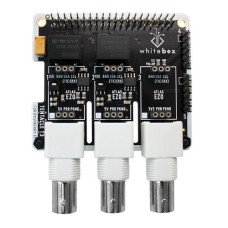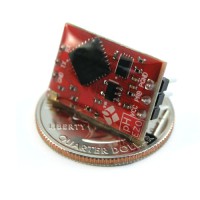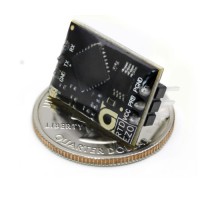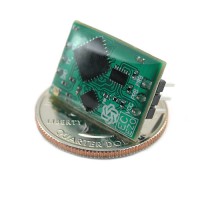Summary:
The Tentacle T3 eliminates the need for wiring, multiplexing and
electrical isolation. Because it comes in a Raspberry Pi HAT form
factor, it simply plugs into your Raspi. No wiring, no bread boards.
It’s stackable and hosts up to 5 EZO devices from Atlas Scientific to
measure PH, Dissolved Oxygen, Electric Conductivity (E.C.),
Oxidation-Reduction Potential (ORP) temperature (RTD), peristaltic pump
(EZO-PMP).
The Tentacle T3 is compatible with Raspberry Pi 2, 3, 4 and Zero.
EZO Circuits are not included.
Description
Replaced by Type I3 Interlink by the producer!
The Tentacle T3 gives you 2 fully isolated channels for EZO
circuits made by Atlas Scientific. Channel 3 is also in the EZO form
factor and is perfect to add RTD Temperature compensation to your
isolated channels. An additional 2 channels allow you to connect 5-pin
devices by Atlas Scientific that come with a Molex connector. These
channels can also be used as generic additional I2C connectors.
Isolation
Channel 1 and 2 are fully isolated. Built in electrical isolation
means that sensors won’t interfere with each other and most outside
electrical noise that can interfere with readings is reduced.
Stackable
By specification, Raspberry HATs are not stackable (That’s why the
Tentacle isn’t allowed to be called a HAT). With the Tentacle T3 however
you can stack multiple HATs to your Pi. You can stack multiple T3’s, or
stack another, normally not stackable HAT on top of the Tentacle. You
can easily stack 2 to get 4 isolated channels and 10 channels in total!
If you have a beefy power supply and feel like messing with the pullup
resistors on board, you can stack even more.
The Tentacle comes with an M2.5 standoff mounting kit.
You can also stack other HATs (that are not stackable by design). For
them, the Tentacle is mostly transparent. The Tentacle doesn’t “occupy”
any pins of the Raspberry. It’s connected to 5V, 3.3V, GND, SCL, SDA.
The Tentacle adds pullup resistors to the I2C line so you don’t have to
care about them.




